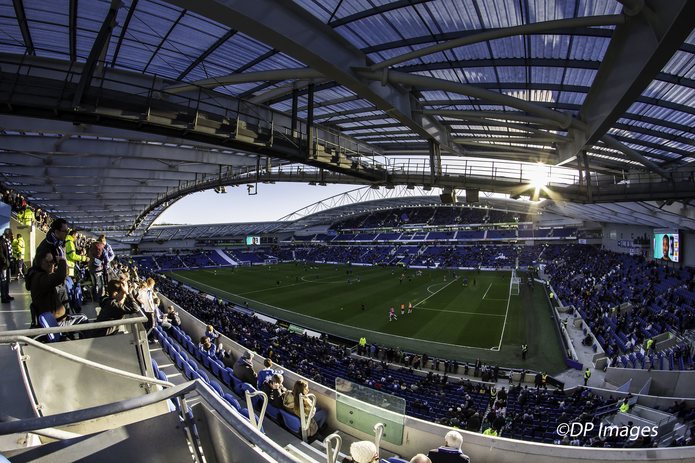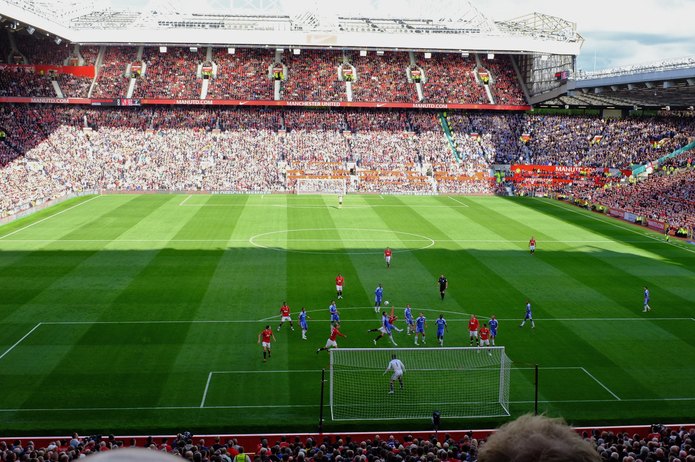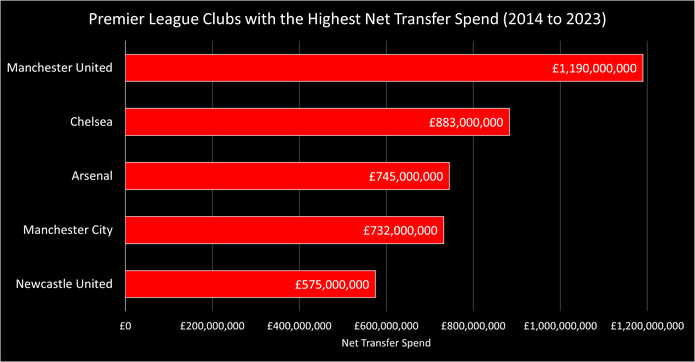 How would you define the success of a football transfer?
How would you define the success of a football transfer?
Maybe it’s how the player performs on the pitch and how they galvanise their new team? Perhaps it’s when a player is later sold on for a profit?
The latter offers an insight into net transfer spend, which presents an idea of how effective a club’s transfer strategy is. Buy low, sell high is the accepted wisdom – although it’s not an exact science, as some clubs prefer to buy players in their prime; it goes without saying that their value will lessen as they leave their peak years behind.
So what is net transfer spend, why is it important and why do Manchester United fans have one billion reasons to be miserable?
What is Net Transfer Spend?

The concept of net transfer spend in football is so simplistic that it only offers a very basic guide to a club’s transfer success (or otherwise).
In short, it’s the amount that a club spends on transfers minus the amount they recoup when selling their players. Therefore, net spend can be a positive number – an outfit that makes more money from selling players than they splash out, or a negative; they shell out more than they make.
So when Chelsea spend £397 million in a single transfer window, while selling £228 million of talent, they have a net spend of negative £169 million.
Most businesses would be unable to carry on with a balance sheet that was so, erm, unbalanced, but this is modern football and that means running at huge losses just to remain competitive. Chelsea’s use of amortisation – spreading the transfer fee across the duration of the player’s contract – also helps them to barter down their spending in a creative accountancy kinda way.
Why is Net Transfer Spend Important?

There are plenty of naysayers who will tell you that net transfer spend is an unimportant calculation.
As mentioned, Chelsea and others that use amortisation to sign new talent couldn’t give a hoot about net spend – they would argue that their numbers don’t represent an accurate picture of their annual finances.
And some clubs prefer to sign players that are in their late twenties – they have garnered plenty of experience by that time, but still have the physicality to play to a high level. Naturally, their individual net spend will be negative because player values tend to drop off when they hit 30 years of age.
But net spend is a useful tool, on the whole, because it reveals how effective a club’s recruitment policy is – if they are selling players for more than they pay for them, then that is a) good business and b) confirmation that they are identifying excellent talent.
Over the past five years, only one of the current crop of Premier League clubs has a positive net spend: Brighton. In that time, they have improved their league position from 15th in 2019/20 to sixth in 2022/23. So are net spend and enhanced performance on the pitch linked? Buying good players on the cheap is certainly a recipe for success no matter which way you look at it….
Manchester Blues

So while accepting that net transfer spend comes with some caveats, we can also conclude – anecdotally at least – that clubs with the highest negative spends can be considered very bad at buying players.
Which brings us to Manchester United, whose recruitment policy has been so derisory in recent times that they have been handed the unwanted accolade of highest net transfer spend on the planet.
The Red Devils have shelled out a mammoth £1.67 billion on new players since 2014, but only recouped around £481 million in sales in that time – a net spend well in excess of a billion in the red.

It won’t surprise eagle-eyed observers to learn that Chelsea have the next highest net spend in that 2014-23 timeframe at £883 million, and all told – fans of value and equitable acquisitions look away now – the list of top 20 worst offenders features 13 Premier League teams, with Arsenal (-£745 million) and Manchester City (-£732 million) inside the top five.
Isn’t Transfer Spending Just a Cost of Business?

Pep Guardiola is considered a coaching titan – a master of tactical subtlety and the improvement of young players.
But he’s also spent more than £1 billion in new talent while in charge at Manchester City, and as we’ve learned they aren’t recouping a whole bunch of that back in player sales.
Does it matter? Perhaps not when you’re backed by the entire state of Abu Dhabi, who accept spending and losses as par for the course in maintaining City’s domestic and continental dominance.
Here’s another way of looking at. Manchester United were acquired by the Glazer family in 2005 for around £800 million. Data confirms that the club has made a financial loss in five of the last twelve years, which in 2022 alone was a staggering £115 million.
Fast forward to 2023, and two potential suitors are interested in buying out the Glazers for £6 billion – a significant profit for the Americans despite the fact that they are running a loss-making business.
Net spend? Annual losses? Who cares! This is modern football….